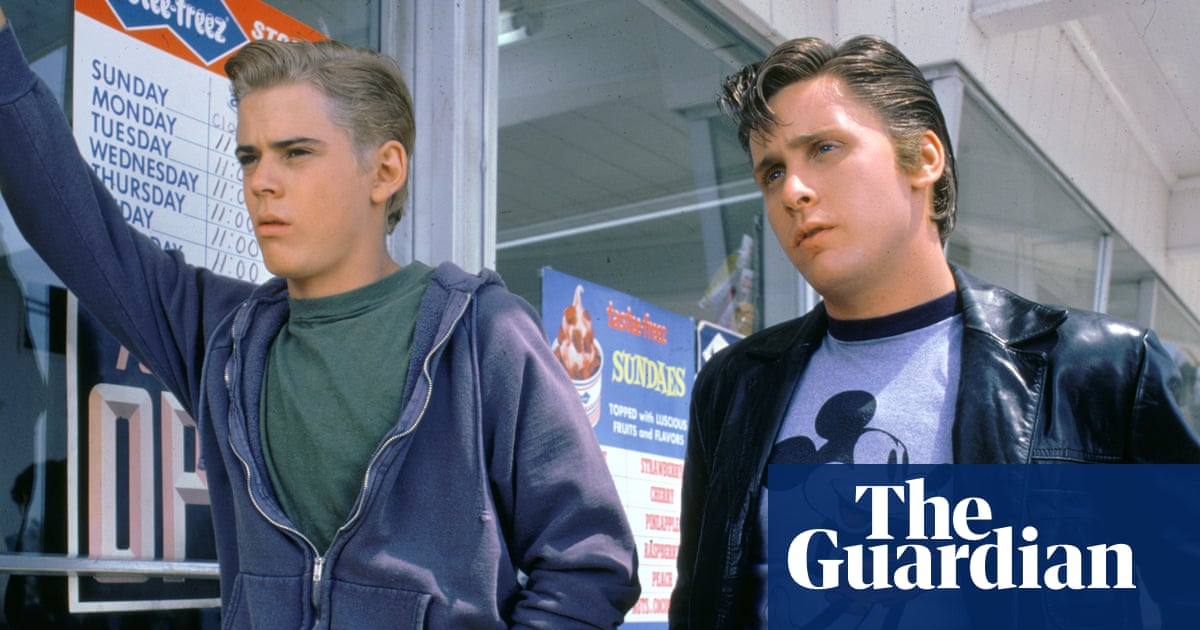Guillermo del Toro is just about to release his epic new Frankenstein adaptation, swathed in self-conscious artistry and mythic self-importance. But this rereleased 1957 Hammer shocker from the screenwriter Jimmy Sangster and the veteran director Terence Fisher, shows the way it should be done – with unpretentious energy and sly macabre gusto. In vivid Eastmancolor, it’s a film electrified with its own melodramatic crassness, unencumbered with good taste and certainly uninterested in making either Frankenstein or his creature in any way tragically sympathetic.
Peter Cushing plays the brilliant and fatally hubristic scientist Victor Frankenstein; the young Melvyn Hayes has a notable juve-lead role in flashback as the supercilious young Victor. Working with his sorrowingly reluctant colleague and former tutor Paul (Robert Urquhart), Frankenstein secretly constructs a new human from gruesome body parts, robbing gibbets and bribing charnel house attendants in the process; he drops surplus anatomical items into his acid bath, a horrible item that inevitably plays a homicidal role later.
The resulting Homo sapiens is to be the tall and rather distinguished-looking Christopher Lee. But Dr Frankenstein needs a top-quality brain from the kind of high-calibre individual unlikely to be found on the gallows, so the movie ingeniously contrives for him to set upon a bizarre murderous plan, involving a gasp-inducingly effective stunt and a vision of Rembrandt’s painting The Anatomy Lesson of Dr Nicolaes Tulp, which Frankenstein is incidentally supposed to have bought. And to top it all off, this Dr Frankenstein is no romantic hero; he is cheating on his delicate fiancee Elizabeth (Hazel Court) with his smirking maidservant Justine (Valerie Gaunt) – and both women are to receive a terrible fate at the malformed hands of this lumbering monster.
The creature himself is not a tragically pained or unhappy figure: he is simply violent; and the whole story is crisply told at a racy 83 minutes – making it suitable for a double-bill, of course – and yet it is delivered with absolute seriousness and conviction. The spinning wheel that channels the electricity might have inspired the design for the time machine in the Rod Taylor movie that came three years later.

 2 months ago
68
2 months ago
68

















































